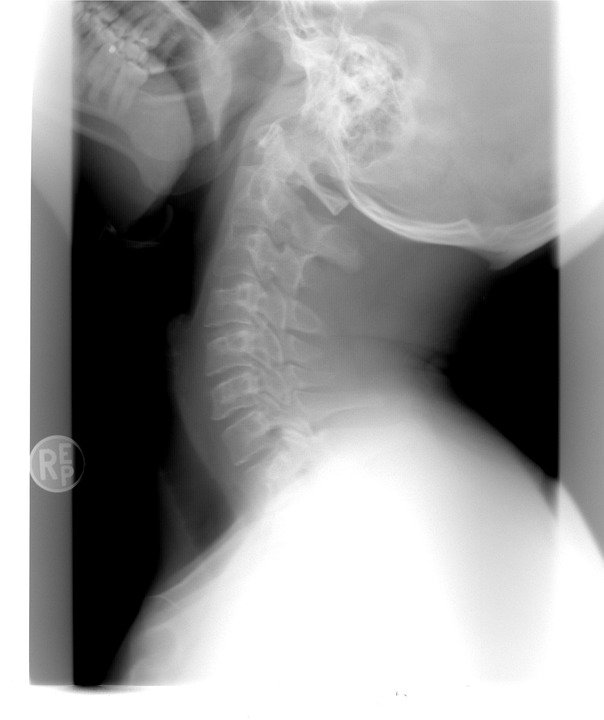
Dermatoscopy, also known as dermoscopy or epiluminescence microscopy, is a non-invasive technique used by dermatologists to examine skin lesions and diagnose various skin conditions. A dermatoscope is a specialized tool that is used to magnify and illuminate the skin, allowing dermatologists to see the skin’s structures and patterns more clearly. This tool has revolutionized the field of dermatology by providing a more accurate and detailed examination of skin lesions, ultimately leading to better diagnosis and treatment outcomes.
The dermatoscope consists of a light source, a magnifying lens, and a transparent surface that is placed directly on the skin. By using polarized light, the dermatoscope eliminates surface glare and allows dermatologists to see beneath the skin’s surface. This enables them to visualize structures that are not visible to the naked eye, such as blood vessels, pigmentation patterns, and other subtle features that can help in diagnosing skin conditions.

One of the key benefits of using a dermatoscope is its ability to differentiate between benign and malignant skin lesions. Dermatologists can use the dermatoscope to analyze the patterns and structures of a lesion, helping them to determine whether it is cancerous or not. This is particularly important in the early detection of melanoma, a type of skin cancer that can be deadly if not diagnosed and treated promptly.
In addition to diagnosing skin cancer, dermatoscopy is also used to diagnose a variety of other skin conditions, including dermatitis, psoriasis, and fungal infections. By providing a more detailed view of the skin, dermatologists can make more accurate diagnoses and develop more effective treatment plans for their patients.

Another benefit of using a dermatoscope is its ability to monitor changes in skin lesions over time. By regularly examining a lesion with a dermatoscope, dermatologists can track any changes in size, shape, or color that may indicate a potential problem. This is particularly important for patients who have a history of skin cancer or who are at risk for developing it.
Furthermore, dermatoscopy can also be used to guide procedures such as skin biopsies. By using the dermatoscope to identify the most suspicious areas of a lesion, dermatologists can ensure that the biopsy sample is taken from the most appropriate location, increasing the likelihood of an accurate diagnosis.

Overall, the dermatoscope is a valuable tool that has revolutionized the field of dermatology. By providing a more detailed and accurate view of the skin, dermatologists can make more informed decisions about diagnosis and treatment, ultimately improving patient outcomes. As technology continues to advance, dermatoscopes are becoming increasingly sophisticated, with features such as digital imaging and computer-aided analysis that further enhance their diagnostic capabilities.
In conclusion, the dermatoscope is a key tool in the arsenal of dermatologists, allowing them to more accurately diagnose and treat a wide range of skin conditions. By providing a detailed view of the skin’s structures and patterns, dermatoscopes enable dermatologists to make more informed decisions about patient care, ultimately leading to better outcomes for their patients. As technology continues to advance, dermatoscopes will continue to play a crucial role in the field of dermatology, helping dermatologists to provide the best possible care for their patients.

Discover more from Bibliobazar Digi Books
Subscribe to get the latest posts sent to your email.


